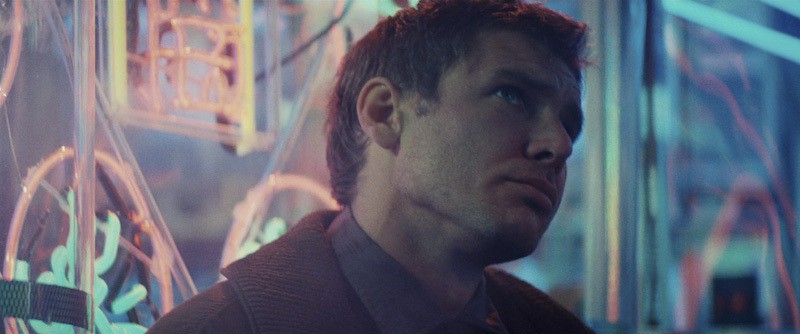What is the Purpose of a Director’s Cut?
Watch a video essay explaining the idea and how it became so commonly accepted as the most authentic version of a film.

Welcome to The Queue — your daily distraction of curated video content sourced from across the web. Today, we’re watching a video essay about the pros and cons of director’s cuts.
In theory, a director’s cut is the most authentic version of a film. The logic goes something like this: without final cut privileges, executives and producers can override what a director wants. Maybe the studio censored explicit content, deleted scenes, or pushed for a different ending. In any case, it follows that a cut of a film sanctioned by its director would more accurately reflect their creative intent.
Whether or not this kind of creative control is a good thing is… complicated. Although, in truth, director’s cuts have always been messy. The 1992 version of Blade Runner is probably the most famous, by name (as opposed to one stamped as a “special edition”). Which is ironic considering that the Blade Runner “director’s cut” was not actually overseen by Ridley Scott, but by film preservationist Michael Arick. Warner Bros. was keen to assist after discovering that marketing “authorial intent” is a great way to sell tickets. So it’s somewhat naïve to consider director’s cuts as solely a creative venture.
Indeed, weighing their value is kind of like a swan diving into a wormhole. But, as the video essay below underlines, questioning the director’s cut, both as a product and as an artistic statement, is important. Does unrestrained authorial power automatically make a film better? Why are directors the final creative authority on a film? What do we make of directors (whose name may or may not rhyme with Beorge Bucas) who obscure pre-existing cuts? What do we lose and what do we gain in making art constantly edit-able?
Watch “Weighing the Value of Director’s Cuts | Scanline“:
Who made this?
This video essay is by hbomberguy and Shannon Strucci. You can check out hbomberguy’s back catalog of video essays and subscribe to them on YouTube here. And you can find them on Twitter here. You can subscribe to Strucci on YouTube here. And you can follow them on Twitter here.
More Videos Like This
- Here’s another essay from hbomberguy’s Scanline series on the loveable low-res magic of VHS tapes.
- Also, for any of you video-game inclined folk, I highly recommend hbomberguy’s video essay on Pathologic, one of the most punishing and unnerving video games out there. The essay came out a year ago, but Pathologic is about finding a cure for an unexpected and especially virulent plague…so it’s timely.
- I find that the director’s cut most likely to draw out strong opinions belongs to Ridley Scott‘s Blade Runner. If you want to make an assessment about which of the film’s eight (!) versions is right for you, here’s a visual guide by Slate.